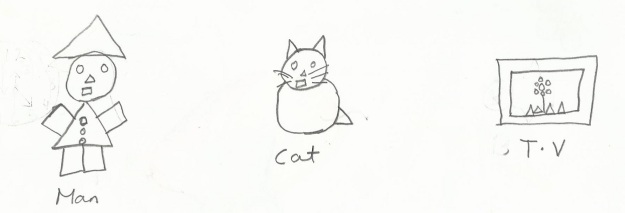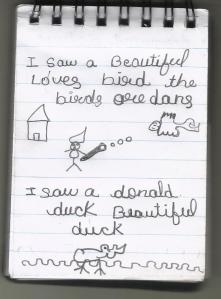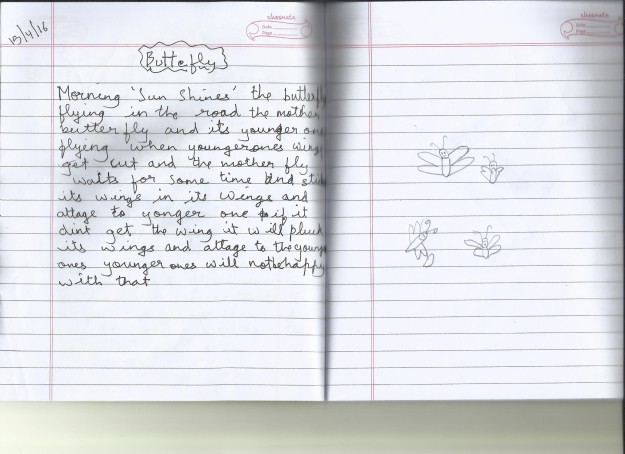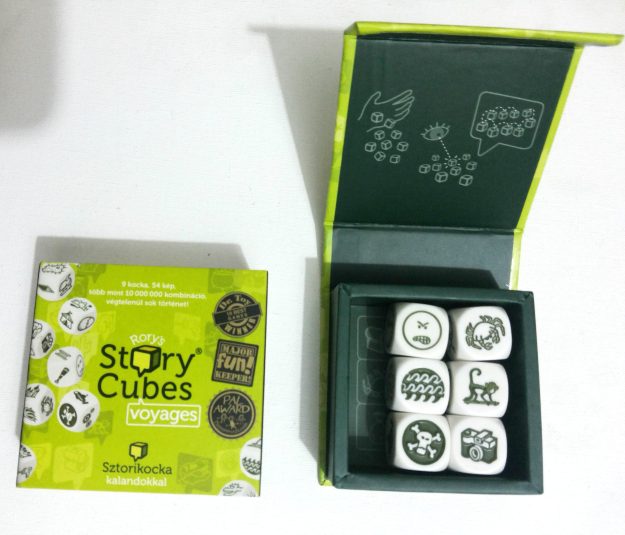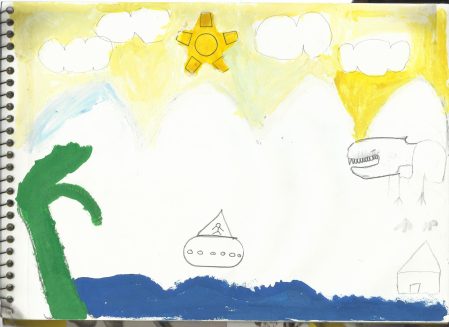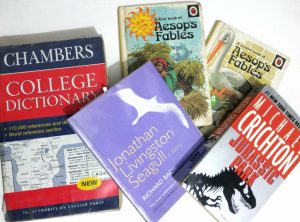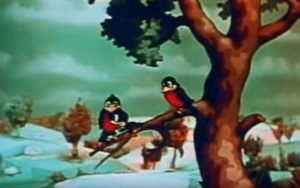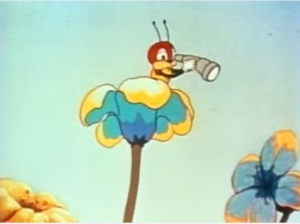RP had asked me to pen down my thoughts on ‘sensitivity’ and ‘insecurity’ , and since our discussions with M are still fresh in my mind, I thought I would do that.
There are some people I identify as sensitive, and some as insecure. The difference is quite obvious to me, but I realized that not too many people see it, so I will try to break down my observations and try and explain them one by one.
Sensitivity is the ability to ‘sense’ things. It is based on an unbiased and deep understanding of the things being sensed, and it requires a pure intelligence – pure here referring to untouched by any opinion. Hence you will find most young children to be sensitive. As the noise from the outside world increases, this inner pure intelligence has to become louder, else it can drown in outside opinions. Since the sensitivity in children is high, they also sense things that are not directly happening to them – they are sensitive to all that goes on in their surroundings. They are able to sense intentions and energies. Since in our existing societal structure, we believe that the adults know more than children, we do not hesitate in letting the children know that they know nothing. We say it day in and day out, and soon the child starts believing it. The consequence of this is heartbreaking – sensitivity, the precious and rare gift that the child possesses, the thing that guides his / her intelligence, is now made to look redundant in the child’s eyes. He / she loses trust in his own judgment / intelligence, his / her own thinking. There creeps in a sense of being wrong, and then the noise takes over – “The brain tells me I am wrong. And makes fun of me, tells me that others will make fun of me”, said a 6 – year old student. There develops within the child, a voice that is constantly working against him / her. This leads to a lot of confusion, and furthers the self-doubt. With time the voice grows meaner and louder, and you will start observing behavioral changes – the sensitive child, who would never make fun of anyone, starts developing a mean tongue. These will be moments of pure non-thought, when the child’s intuitive intelligence is unable to see through the fog of noise – noise from the society, the surroundings ,the harsh opinions, the dominating and judgmental voices, the mocking and malicious tones telling the child he / she is not tall enough / too tall, too fair / too dark, too chubby, too thin, too smart, not smart..mostly never ever right the way he / she is.
And then, the child never allows him / herself to just be – to see oneself truly. Only when you learn to see yourself truly, without any judgment of good / bad, just look, and observe, only then will you begin to understand yourself and begin to truly learn and grow. And only when you practice non-judgment with yourself, can you practice it with others.
Non judgment does not mean no understanding of the thing, in fact, it is only with a level of understanding that you can be non judgmental. Sometimes, unknowingly, parents pass on their insecurities, fears and judgments to the children. It takes just one instance / incident to leave a mark on the child – good and bad. That is why children are capable of so much joy, as well as sorrow. The sorrow bit will generally surface in a behavioral change, or might lay buried in childhood and surface at a later stage in life. Either way, there is a high chance of an imprint – of both a good and bad experience.
The children from highly abusive backgrounds seem to be struggling, really struggling to stay happy. “Today was a good day” said one child, after a long extended class. It seemed to be an exception; I did not probe and instead let him enjoy it. Another child, when I asked him “You are really sad inside, isn’t it?” looked at me with the saddest eyes of not a 9 – year old, but those of a man tired and deflated with life. “Yes, Ma’m”, he said.
Sensibility – is intuition, intelligence. It requires an alertness, a clear channel of communication with our purest self, and a spotless mind (thought process). It is based on immense clarity and wisdom in discerning between things that are happening inside and around us – for example one of my students is constantly worried that if he paints the way he wants (a pink deer, a purple dolphin, orange water, brown snow), then everyone will make fun of him. Here he is extending his understanding of society’s reactions, to himself. This is a 10-year old kid who said the same thing when I announced “Ok, class over, we are going to play in the rain”. A 9-year old with him was starting to get excited but this guy was nervous. I ran ahead, hoping they would start enjoying the rain. Then the kid heard some of my neighbors making fun of me and said “Aunty, they are laughing at you”; which was true, they were. I knew somewhere inside he was making a note of this for future reference – a note which would probably make him think someone is always making fun of him, and worse yet, a note that will never let him enjoy in the rain. So I asked him, “Who is enjoying the rain? Me or them?” “You, Aunty.” “Do you think I am doing something wrong to someone?” “No, Aunty.” “Am I trying to hurt anyone?” “No, Aunty.” “Should I stop enjoying myself in the rain?” He was quiet.
I continued running around, as the kids stood under the tree watching me. I started to feel a little conscious and demotivated, and told them to head back to the class. Two minutes into the class, a remarkable thing happened. “Aunty, now I feel like playing in the rain”. I heard laughter all the way till the end of the street.
These two kids still remember that day. “Aunty, that was such a great class”.
The child was not paranoid. There were people mocking me. He sensed first that one was probably not supposed to be playing in the rain because it was uncommon. But he did not sense his own desire to do the same. There is noise bombarded on us all the time: TV, ads, hoardings, radio, people, so much noise that we are hardly able to hear ourselves – we lose sensitivity to ourselves, and start to believe that rain is to be avoided – How can you enjoy yourself so easily? YOU, without the best car, the best clothes, most beautiful face, most gorgeous body, the biggest house, how can YOU be so happy? And the child slowly loses that hop in his walk, the song in his talk, the curiosity in his eyes, the volume in the laughter, the pain in the tears, the energy in his /her being. He / she slowly becomes insensitive to him / herself. How can we expect this child, now a so called ‘adult’, to be sensitive to others when we as a society have step-by-step made him numb to everything?
Art helps the kid stay connected to his / her raw self. By art, I do not mean just applying of colors or drawing of an object. By art I mean, applying oneself completely and drawing one’s freedom. You are the color, you are the brush, life is your painting. Once you understand how infinite you are, you will be unable to limit yourself, and then you have ART.
There are a few things I would like the children to learn when they come over to the art class. In that one hour, I want them to learn how to learn, how to think, and build confidence in their thinking, how to be responsible and free at the same time, how to be inclusive of every being, to learn about themselves – discover their infinite self; and most importantly – to look at the big picture and always, always remember that joy is simple – we just need to be joyful and that’s that.
I often wonder if these classes will stay with these children when I leave or when they start higher studies. I want these kids to never betray their joy and intelligence under societal pressure. I try to do this by giving them intense experiences of joy and freedom. I try to do it by baring myself to them – to show them the possibilities of life and the joy of it. I want to give them memories and experiences strong enough for a lifetime, memories that boost their confidence for the life ahead, not memories that get them stuck in the past – The Summer Blossoms should not stop at possibilities, the possibilities should become realities.
“In the daily lives of most men and women, fear plays a greater part than hope; they are more filled with the thought of the possessions that others may take from them, than of the joy that they might create in their own lives and in the lives with which they come in contact. This is not how life should be lived.” – Bertrand Russel.


























